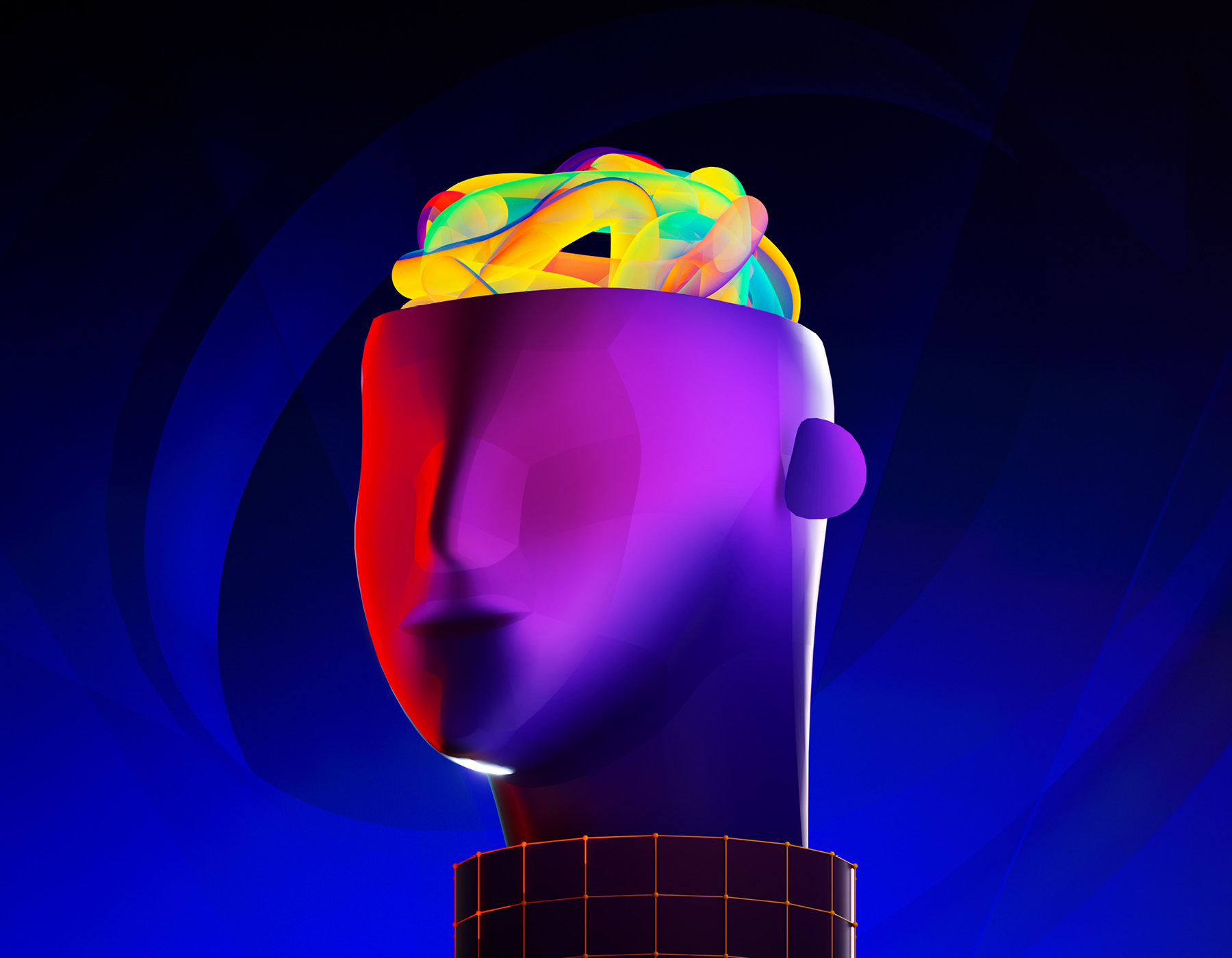How AI can drive a new approach to leadership development

Corporate America has a US$60 billion problem: leadership development. Despite massive investments, companies still struggle to build a bench of leaders ready for tomorrow’s challenges. As AI reshapes every aspect of business, leadership training remains stuck in the past – manual, slow and ineffective.
As a result, most fail to drive meaningful behavioral change, according to a study from the Harvard Kennedy School. AI is poised to change that, transforming how leaders are developed, assessed and coached – at scale. Companies that fail to adapt risk falling behind.

The best leaders will be those who leverage AI as a strategic copilot.
A McKinsey study found that only 25 percent of business leaders worldwide see their leadership bench as inspirational and fit for purpose. The problem isn’t talent but how leadership is cultivated. Traditional approaches prioritize technical skills and mentorship, overshadowing the crucial role of soft or power skills in leadership.
Meanwhile, fads such as transformational leadership, situational leadership and 360-degree feedback come and go with little impact, except on consultants’ bottom lines.
In an AI-powered world, leaders will be freed up to spend more time on corporate strategy, executive team management and employee communications, building a high-performance culture in the process. AI isn’t replacing leaders, it’s amplifying them. The best leaders will be those who leverage AI as a strategic copilot.
The future of human and machine collaboration
Imagine a leadership dashboard where AI tracks a manager’s team morale, analyzes meeting effectiveness and suggests tailored coaching in real time. Instead of waiting for quarterly reviews, leaders receive immediate insights on decision-making, communication effectiveness and team engagement.
Think about it this way: AI is about to transform leadership development the way flight simulators changed pilot training. Instead of relying solely on costly, time-consuming mentorship-centric models, leaders can now hone their skills in AI-driven environments, where real-time feedback replaces subjective performance reviews.
Here are five ways that companies can leverage AI to build stronger, smarter leaders:
Redefining leadership for the era of AI
The AI era demands a new playbook. Leaders will need to master decision-making, digital strategy and human-AI collaboration and soft skills, including communication, emotional intelligence and adaptability. They are no longer just ‘nice to have.’ They’re essential.
In this way, leadership competencies are being wholly redefined. The ability to process vast amounts of information and make quick, informed decisions is now a core requirement.
AI as the ultimate leadership coach
AI can analyze speech, emails and meeting interactions, offering real-time insights into leadership style. Gone are the days of waiting for annual reviews, as feedback is now instant. This capability allows for a more nuanced and data-backed approach to leadership assessment, identifying areas of improvement far earlier than traditional performance review cycles.
It’s time to rethink leadership development, leveraging AI to create a workforce that’s adaptive, strategic and future-ready.
AI can also provide simulations tailored to individual leaders, allowing them to practice difficult conversations, negotiation tactics or crisis-management scenarios in a risk-free setting. Google is a good example of a leading organization embracing AI to drive the personalization of leadership development programs.
Real-time leadership feedback
AI enables continuous leadership development, observing and coaching as leaders navigate challenges. Instead of one-off workshops, leaders get feedback on how they run meetings, handle conflicts and make decisions, all in real time. This speeds up learning and ensures that leadership development aligns with real-world challenges rather than theoretical case studies.
AI can also track behavioral patterns over time, flagging potential leadership gaps before they become critical. As an example, Microsoft is using AI to analyze employee engagement in the flow of work, providing insights into productivity and wellbeing of the workforce.
AI talent scouting
AI can identify emerging leaders based on performance metrics, helping companies develop high-potential employees before they’re needed. Rather than relying on subjective evaluations or hierarchical biases, AI objectively assesses leadership potential based on concrete performance indicators, such as decision-making speed, adaptability and team engagement.
This approach ensures that high-performing employees are recognized earlier in their careers, accelerating their progression into leadership roles.
Making leadership training scalable
AI removes the ‘leadership training elite’ barrier, ensuring mid-level managers develop at scale. AI levels the playing field, providing leadership insights once reserved for top executives, all in an unbiased way.
The future belongs to companies that move fast. AI isn’t coming – it’s here.
Traditionally, leadership training resources were disproportionately allocated to senior executives, leaving mid-tier managers with limited access to coaching and personalized development opportunities. By removing biases inherent in traditional leadership selection, AI ensures that talent development is based on merit rather than tenure or personal connections, creating a bench of more diverse and capable leadership.
AI as a competitive advantage
Companies that adopt AI-driven leadership training will outpace competitors – not just in productivity, but in talent attraction and retention. Cultivating emotionally intelligent, strategic leaders will separate winners from losers in the AI age.
In addition, this approach to leadership development can attract top talent. That’s because the best employees don’t just want a paycheck; they seek bold, fast, innovative workplaces. Leaders like Nvidia’s Jensen Huang and Tesla’s Elon Musk attract top engineers by fostering dynamic environments free from excessive bureaucracy and micromanagement.
The future belongs to companies that move fast. AI isn’t coming – it’s here. The question is: Will your leadership pipeline keep up? It’s time to rethink leadership development, leveraging AI to create a workforce that’s adaptive, strategic and future-ready.